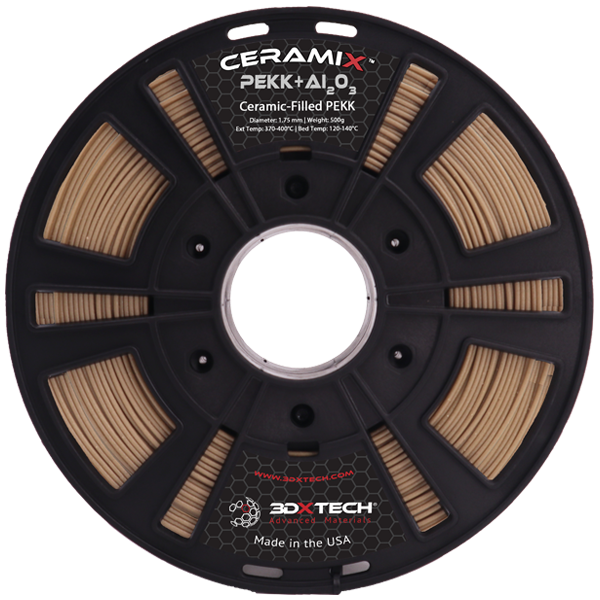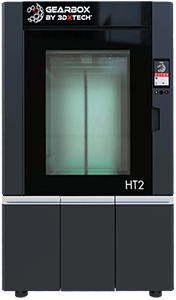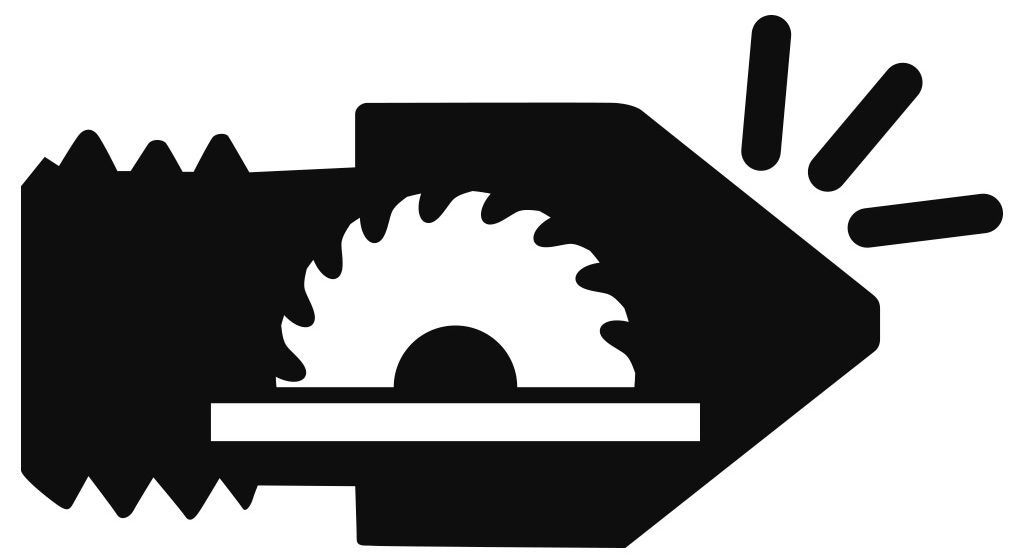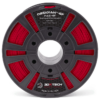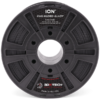CeramiX PEKK
$450.00
CeramiX™ PEKK is made using Arkema’s Kepstan® PEKK and 15% high-purity aluminum oxide (99.999% Pure). This ceramic-filled PEKK was specifically designed for use in industries such as aerospace and semiconductor and is ideal for any application that requires high thermal properties, excellent dimensional stability, and ease of printability.
CeramiX™ PEKK 3D Printing Filament
Ceramic-filled PEKK and PEEK compounds have a long history in the plastics industry – especially in the semiconductor industry where these materials have been used to machine integrated circuit (IC) test sockets and fixtures. CeramiX™ PEKK contains 15% (wt %) of high purity Alumina (Al203) which creates a hard surface ideal for repeated uses in electronics assembly and fabrication facilities.
Please Note: This material was NOT formulated for applications that would create printed ‘green’ parts that would later be de-bound and sintered, leaving the ceramic additive in place.
Print Recommendations
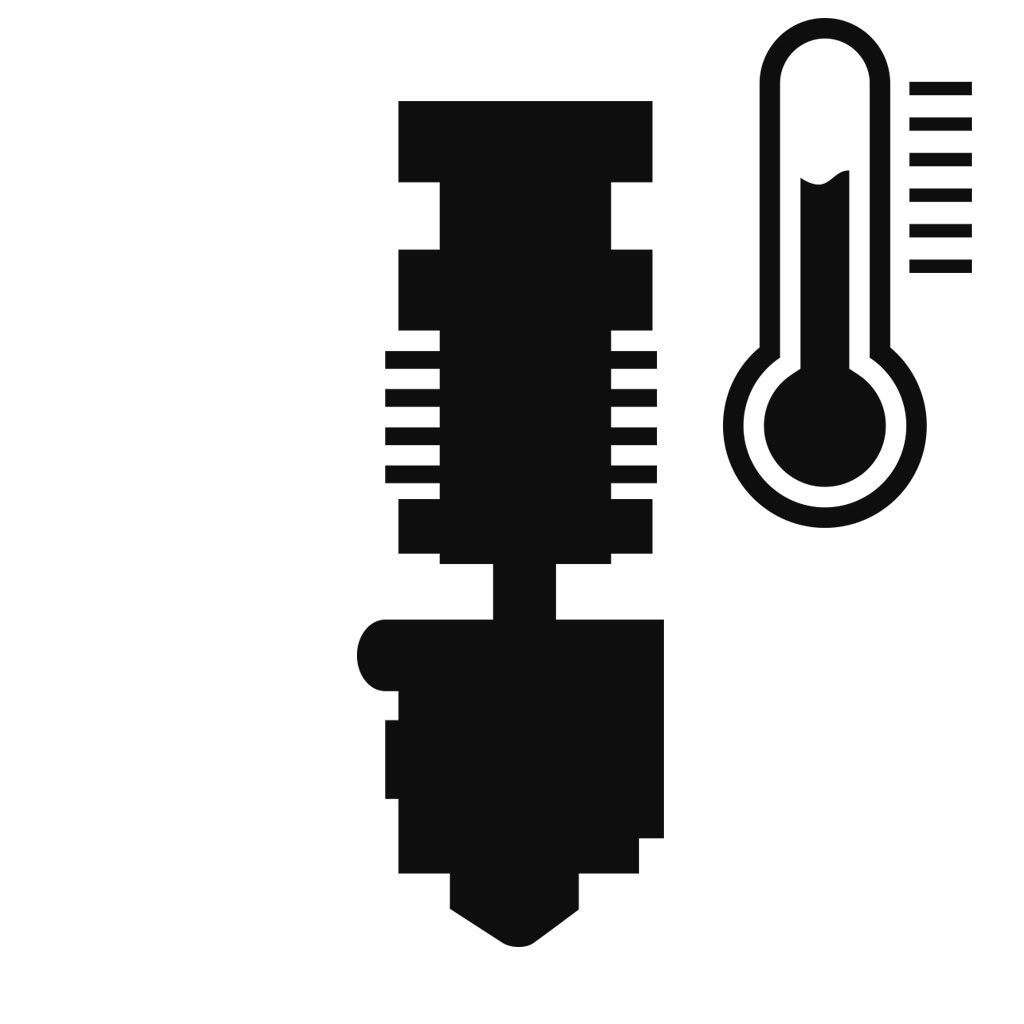
Extruder Temp
360-390°C
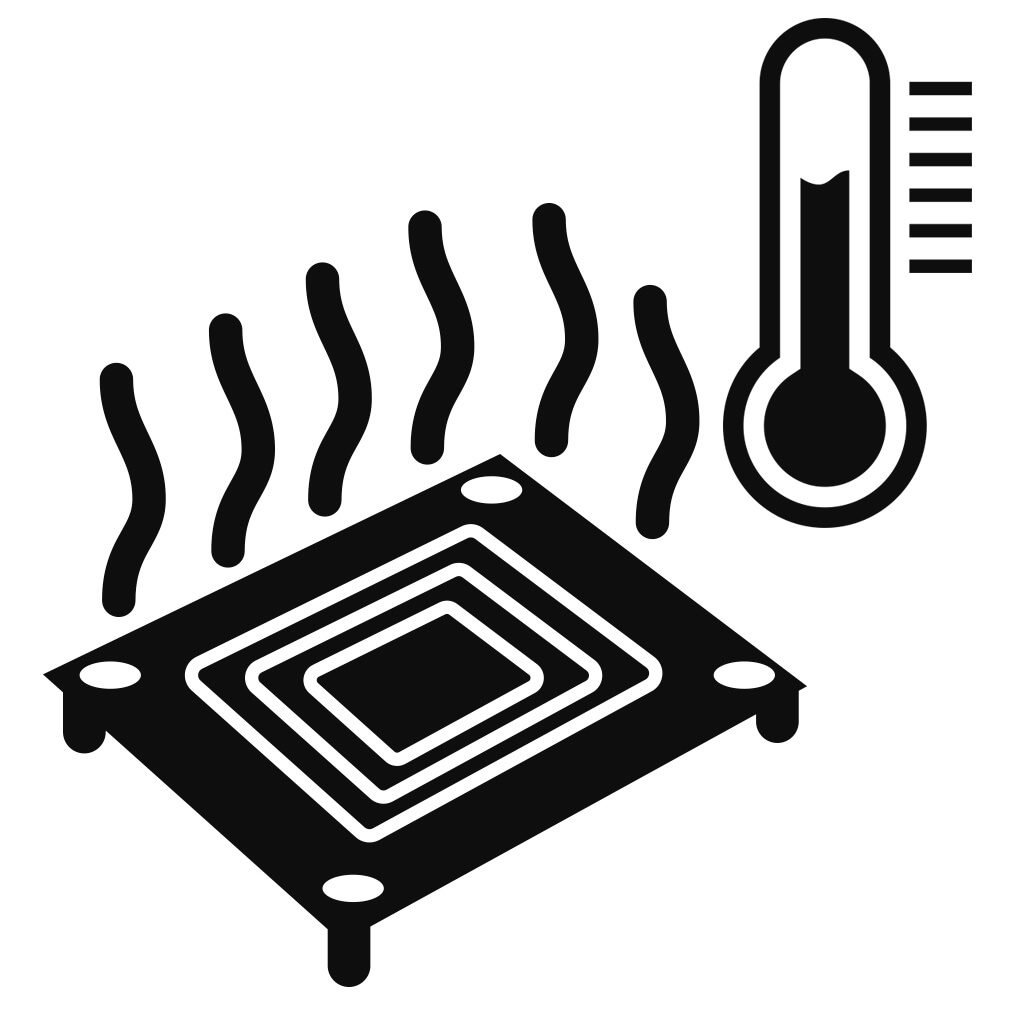
Bed Temp
120-140°C
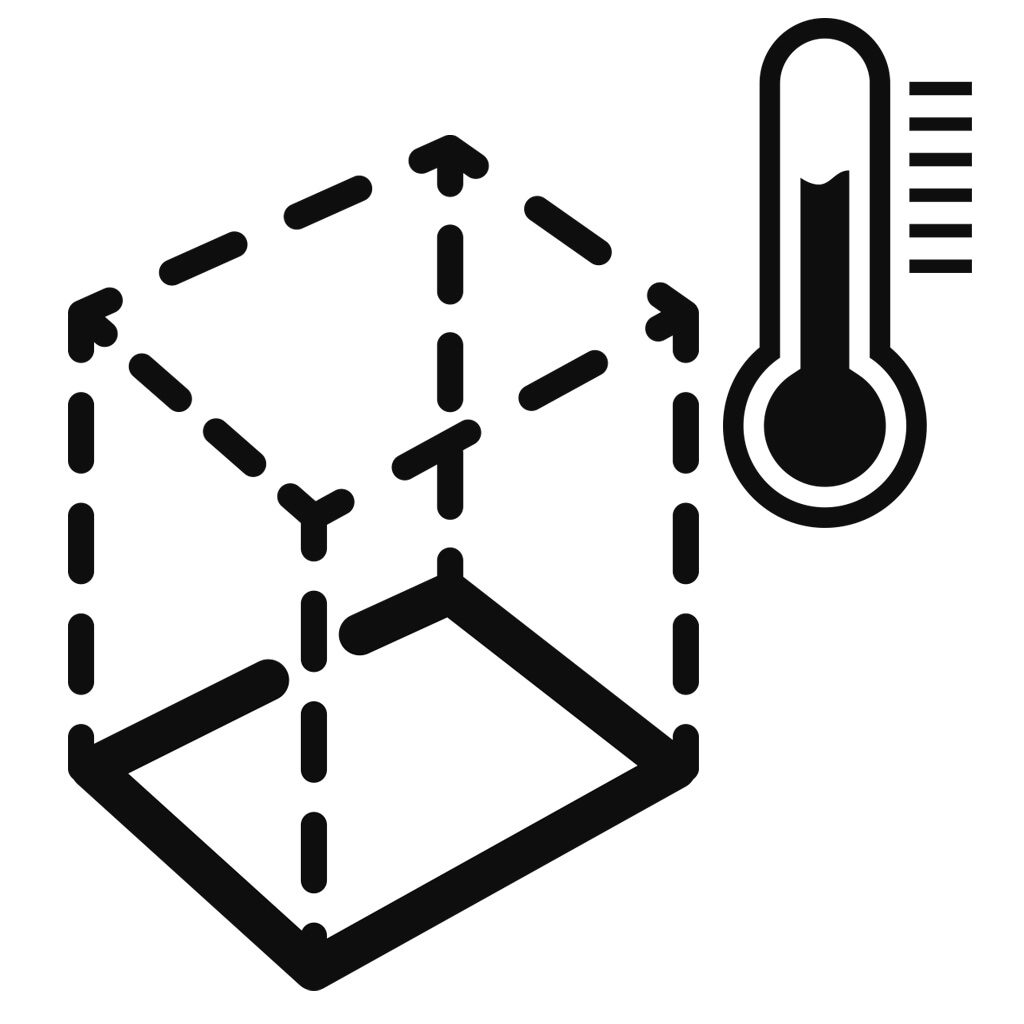
Heated Chamber
Recommended
Up to 140°C if possible
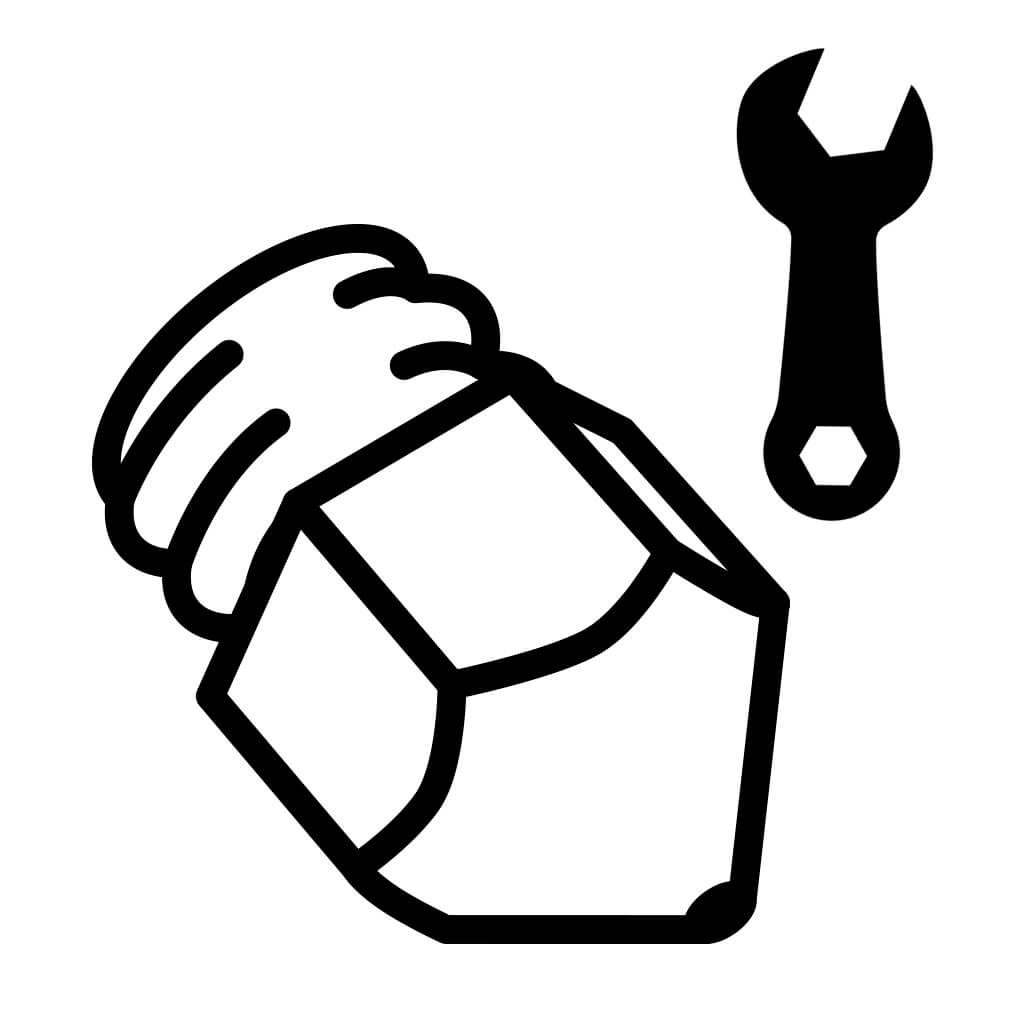
Nozzle Specs
0.4mm diameter minimum
Hardened Steel Nozzle
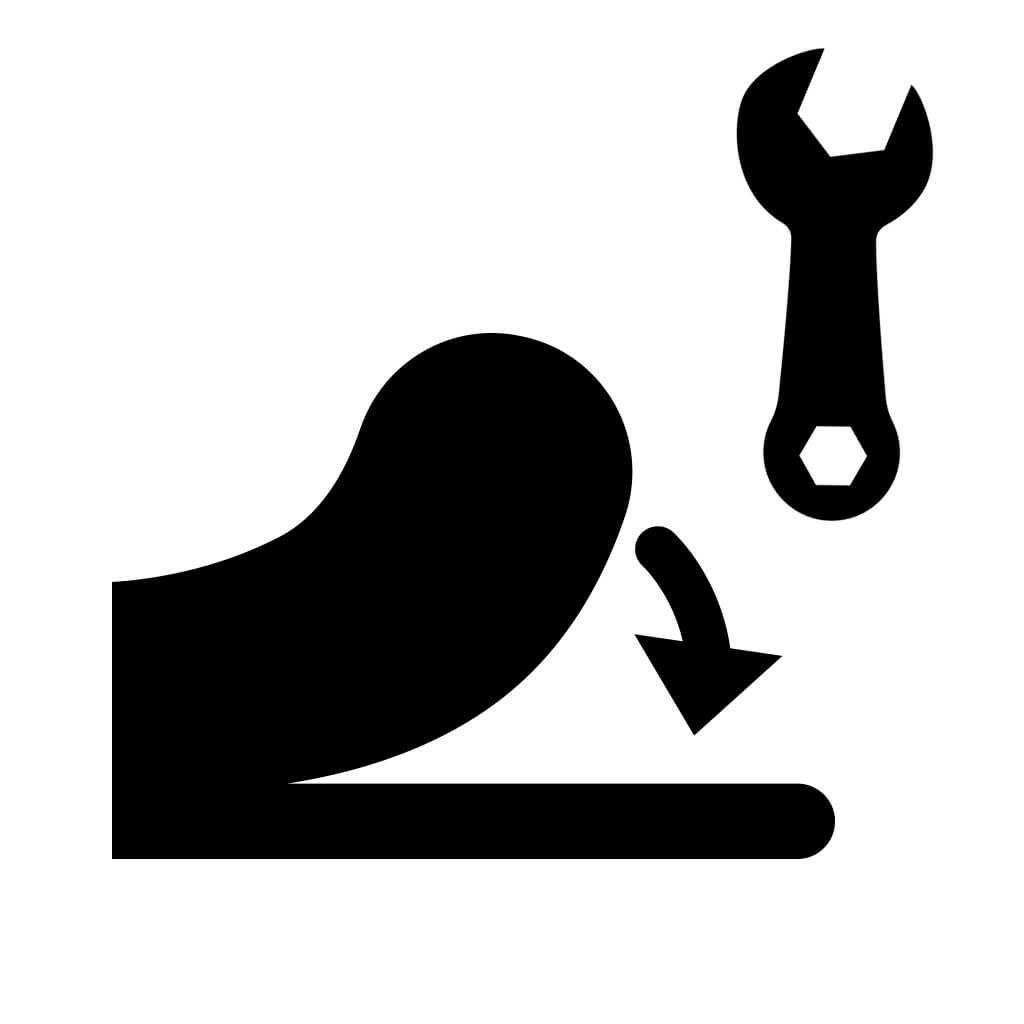
Bed Adhesion
Nano Polymer Adhesive
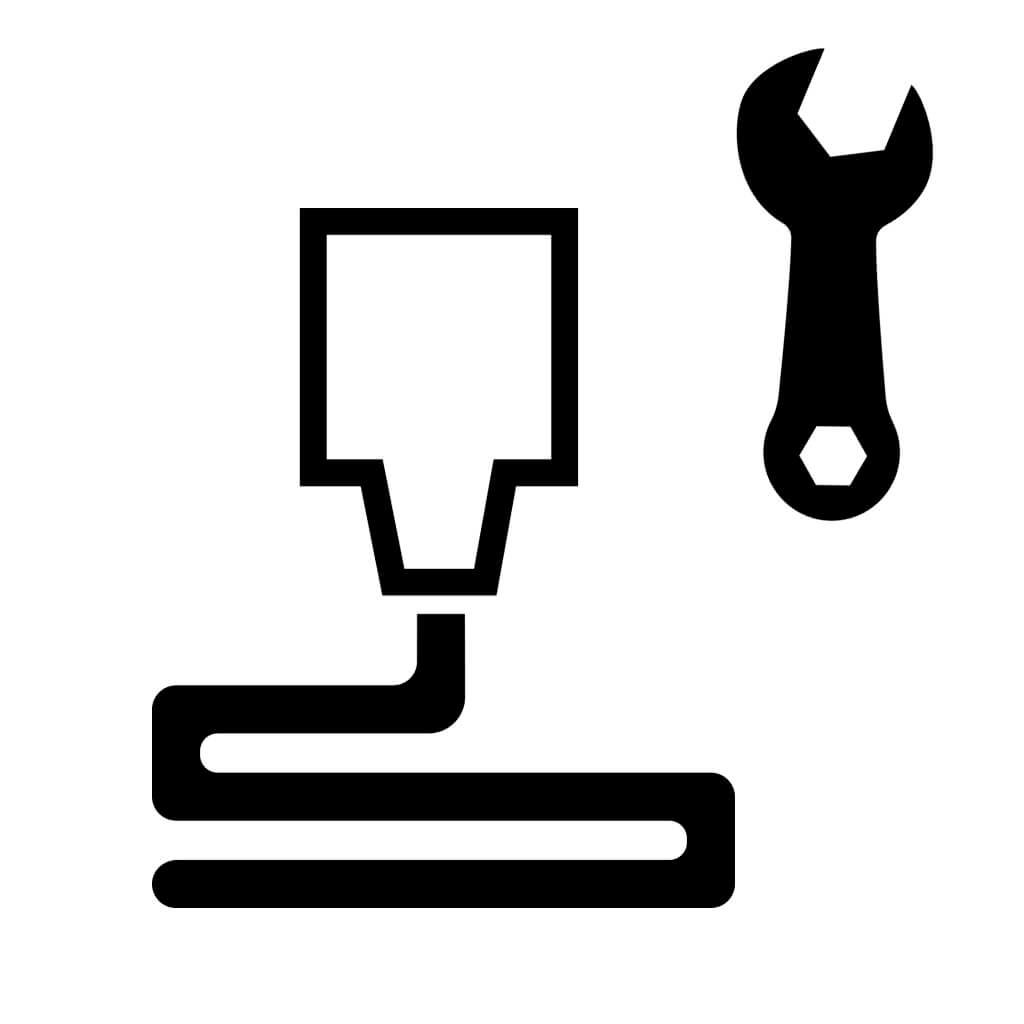
Layer Height
0.25mm or higher
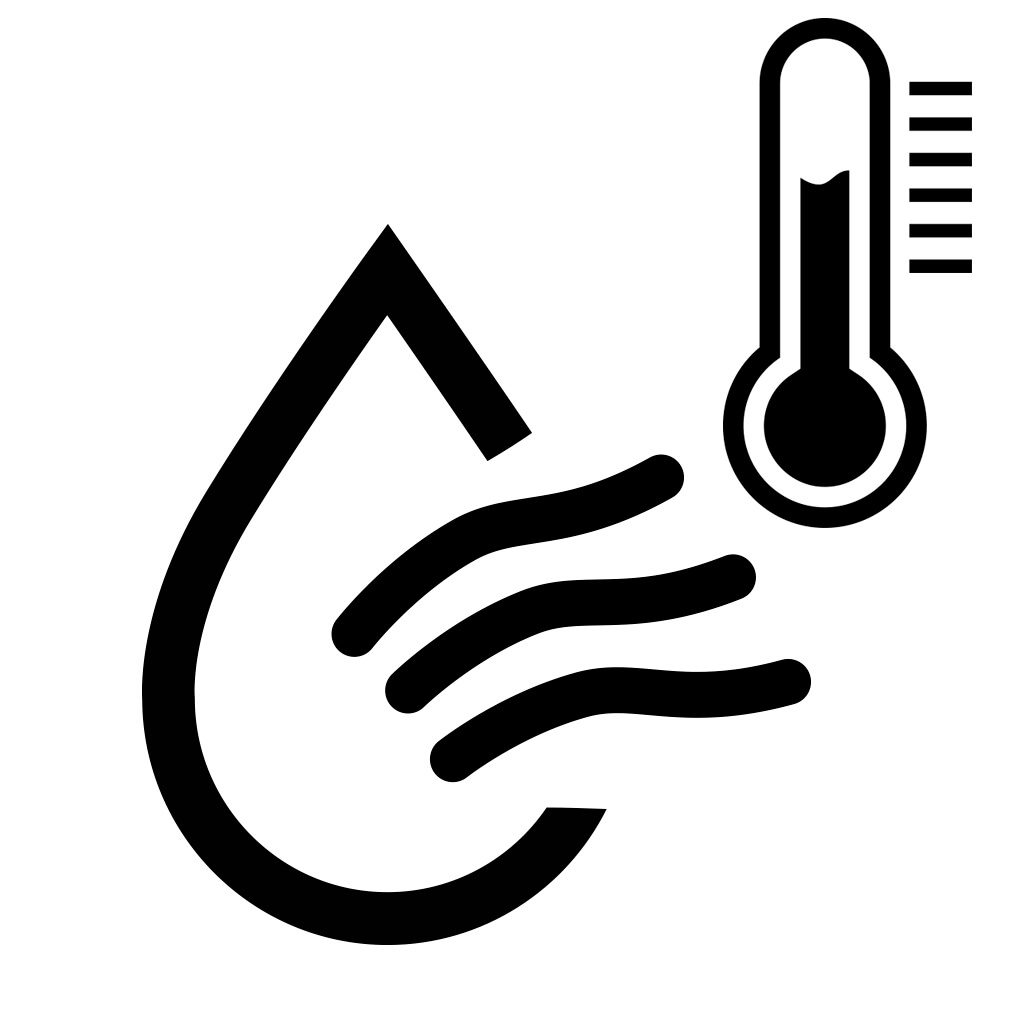
Drying Specs
120°C for 4+ hours as needed
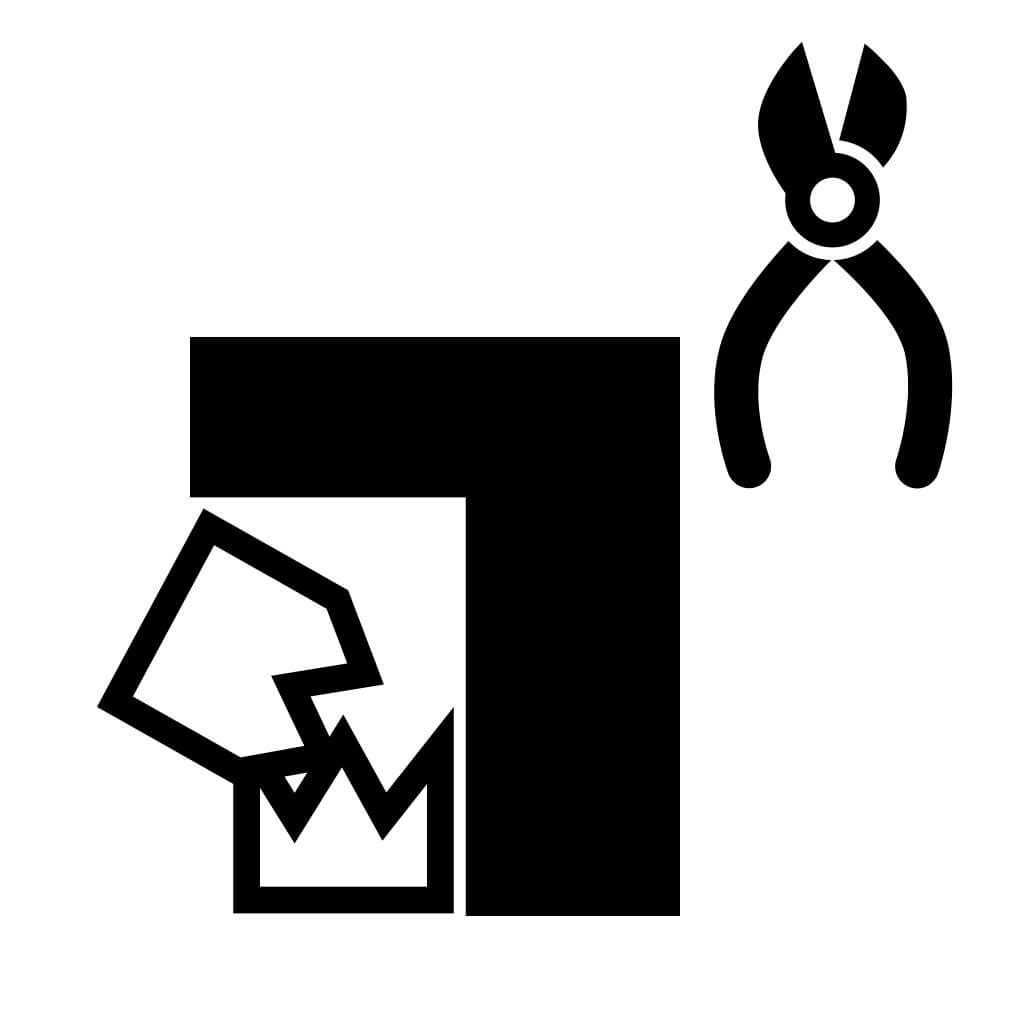
Supports
Break-Away Support
Benefits of CeramiX™ PEKK Includes:
- Ease of printing
- High stiffness and strength
- Low thermal expansion below 150°C
- Easily machinable post-printing
- Excellent thermal properties (high Tg, HDT, Tm)
- Low moisture absorption
- Hard surface (100 Rockwell M)
Filament Specifications:
1.75mm +/- 0.05mm in diameter
Recommended Print Settings:
- Extruder: 360-390°C
- Bed Temp: 120-140°C
- Nozzle: We currently recommend a hardened steel nozzle with a minimum diameter of 0.4mm
- Other: Ideal layer height is 60% of nozzle diameter. We do not recommend printing layers smaller than 0.2mm with carbon fiber reinforced filaments
- Bed Prep: Nano Polymer Adhesive gives us the best results
- Heated Chamber: Recommended, up to 160°C if possible with your printer
- Supports: ThermaX™ HTS High-Temp Support is designed to work with complex, high-temp materials like this
- Drying Instructions: 140°C for 4 hours once filament shows signs of moisture
Abrasive Material
This material is particularly abrasive among 3D printing filaments. Users may find standard brass nozzles are chewed through very quickly compared to standard wear and tear. When worn through, the nozzle diameter will widen inconsistently and the printer will experience extrusion issues.
Because of this, it's strongly recommended this material be printed through a hardened steel nozzle rather than a softer metal. Hardened steel nozzles can often be inexpensive and easily installed depending on your printer manufacturer's instructions.
CeramiX™ is a trademark of 3DXTech LLC, it’s owners, and affiliates
Questions?
Send us a message and we'll reach out as soon as we can!

